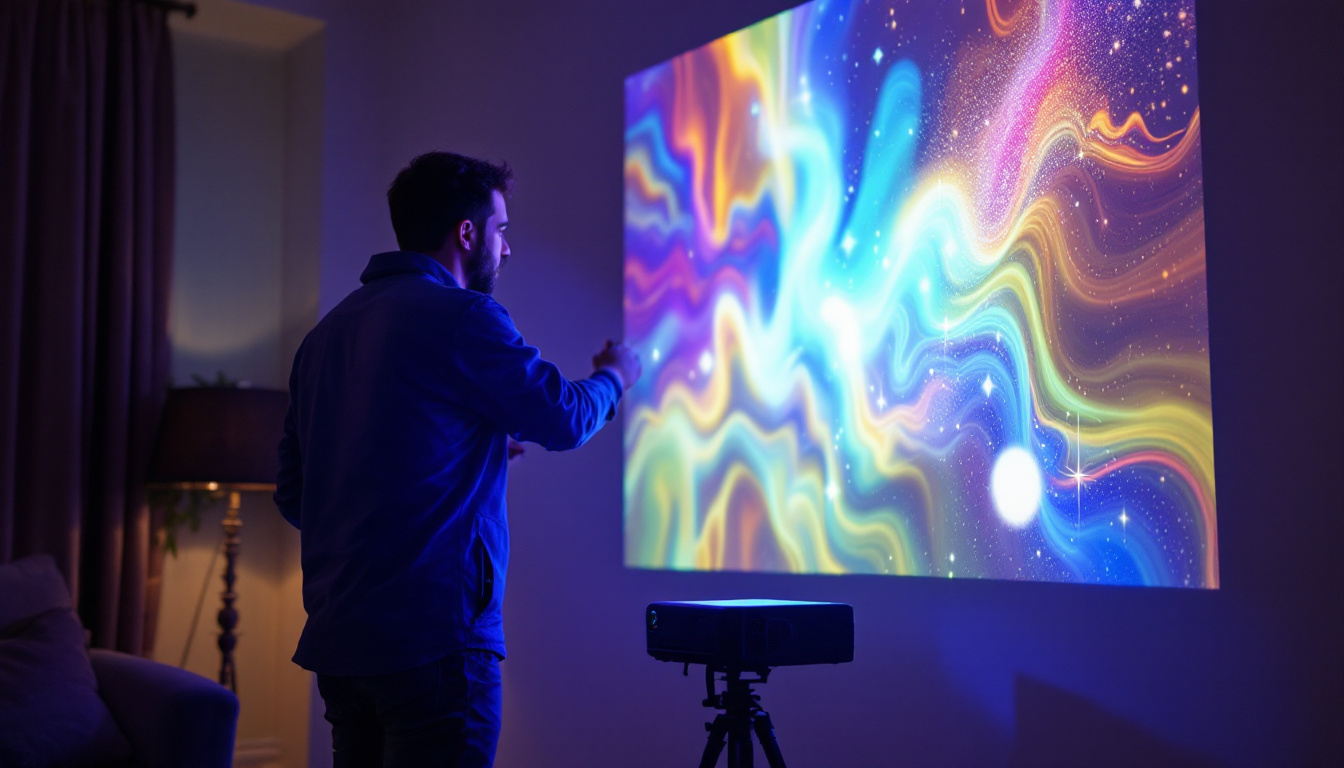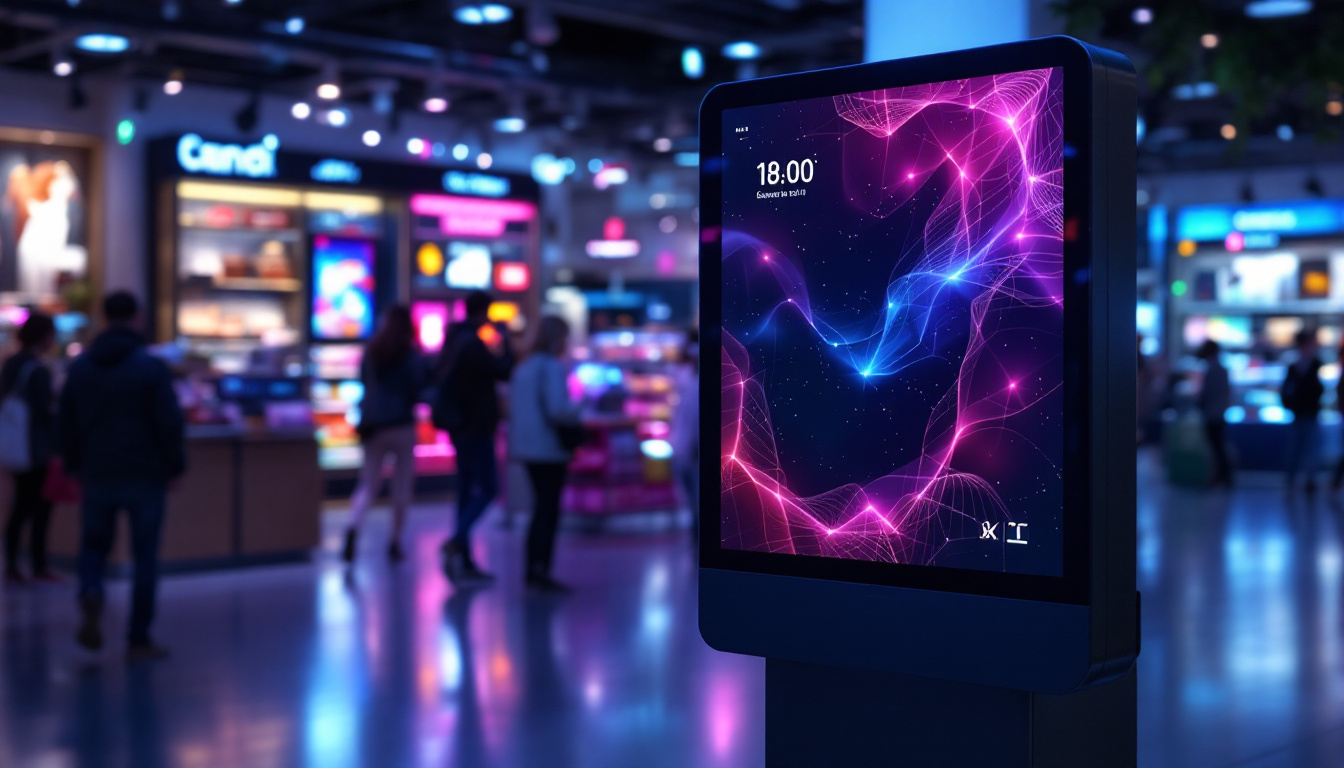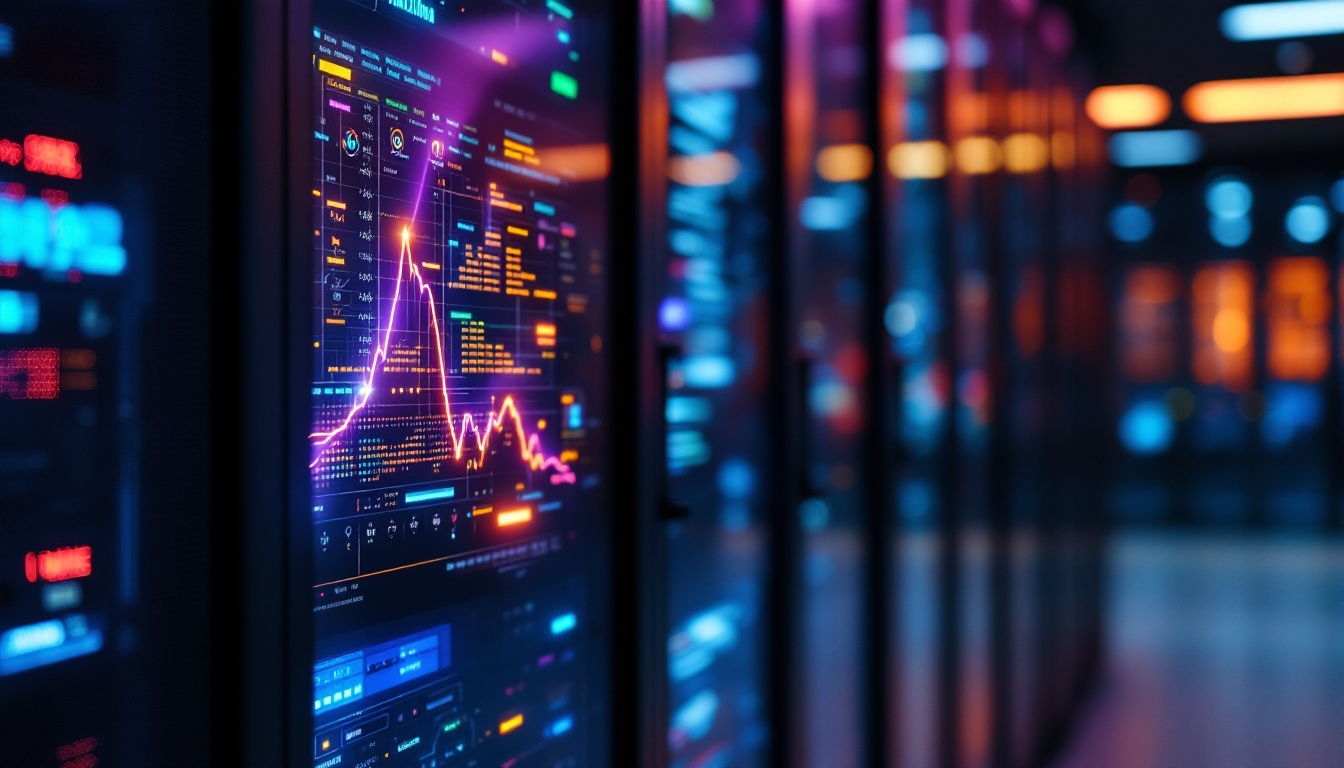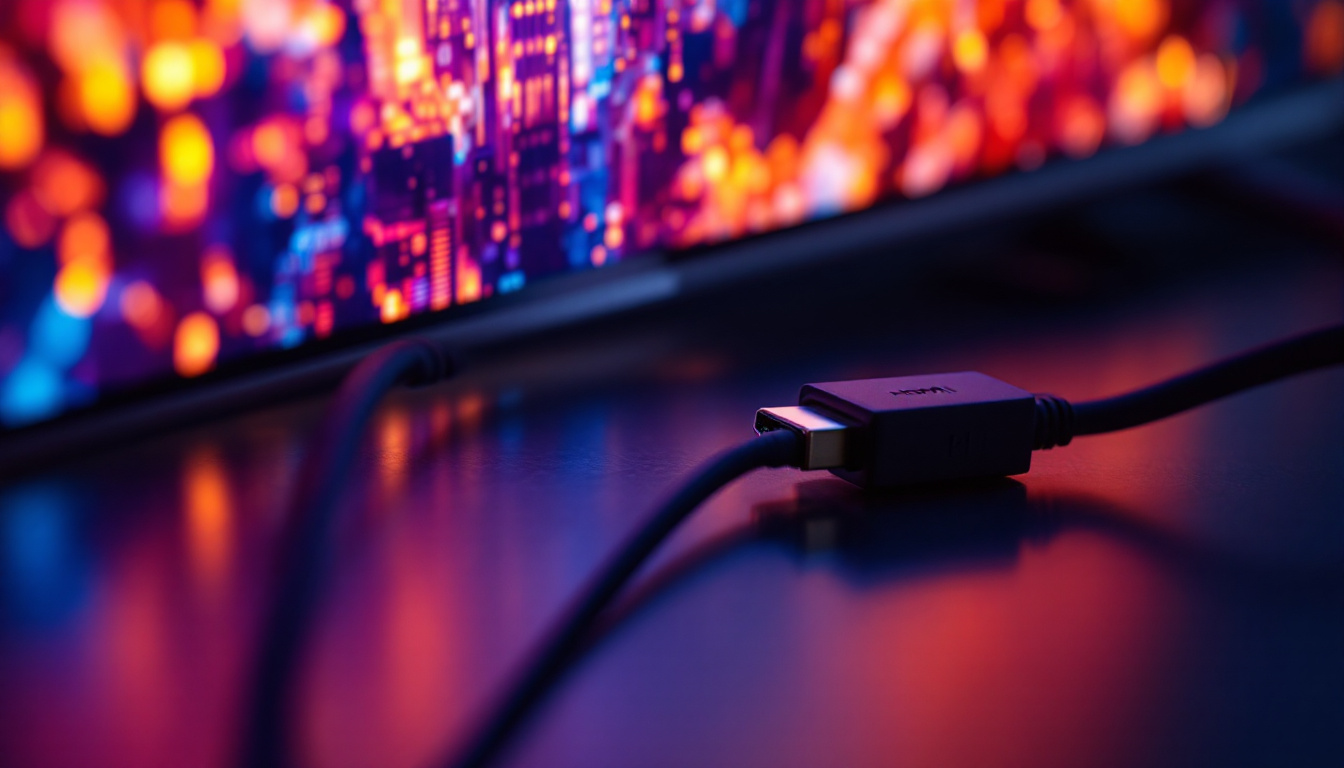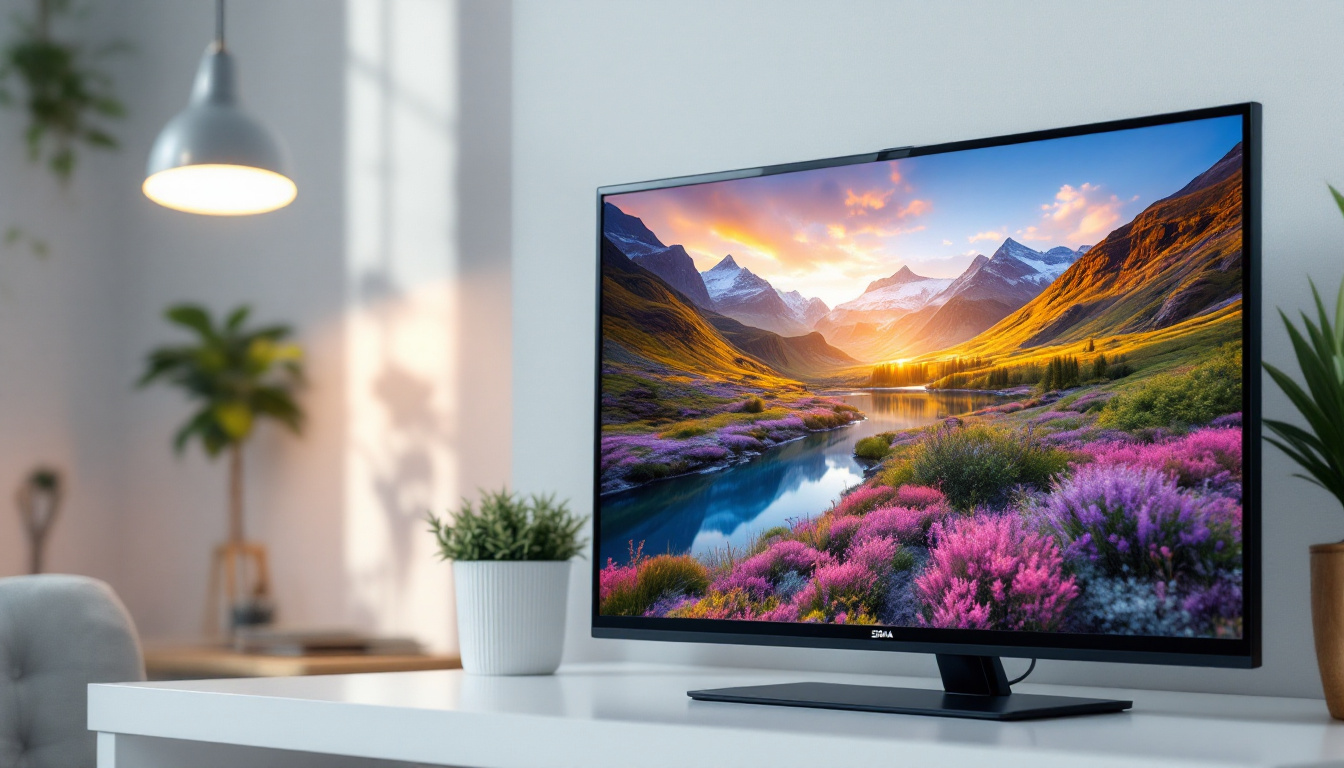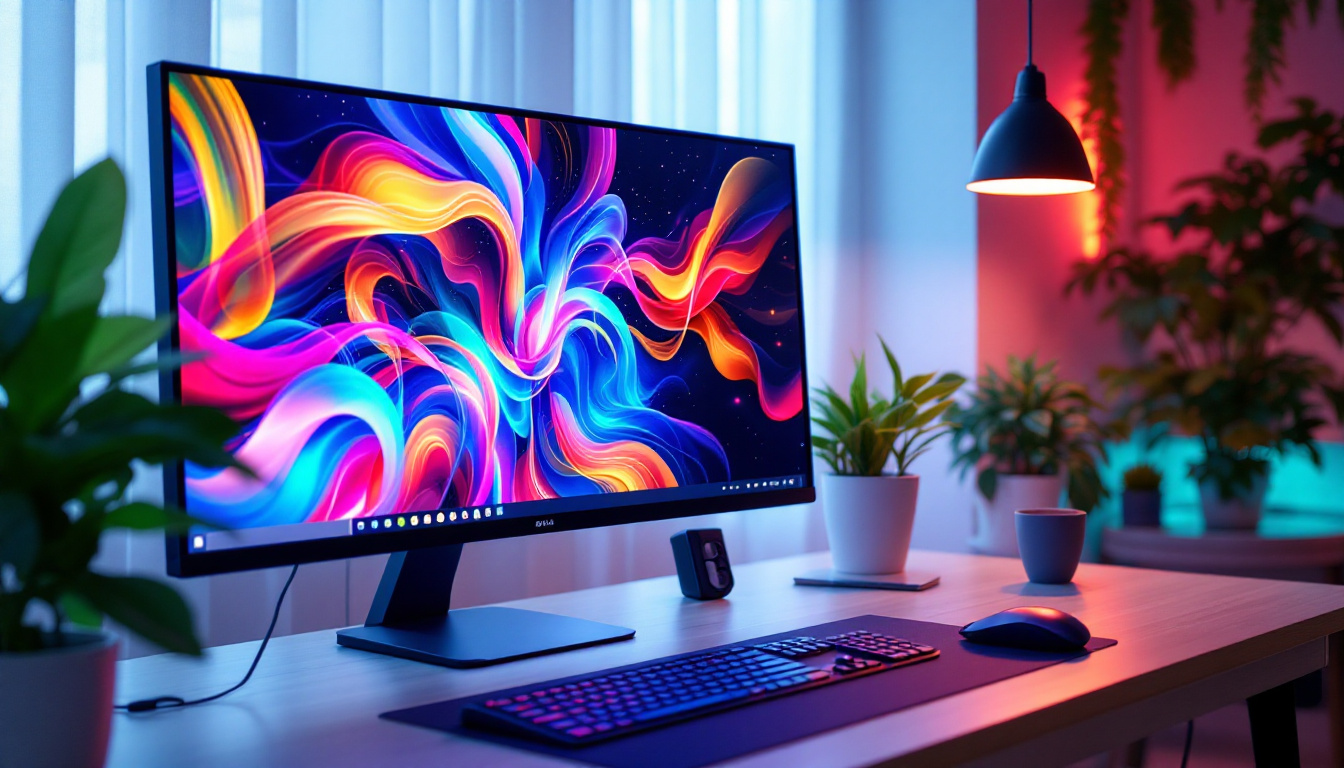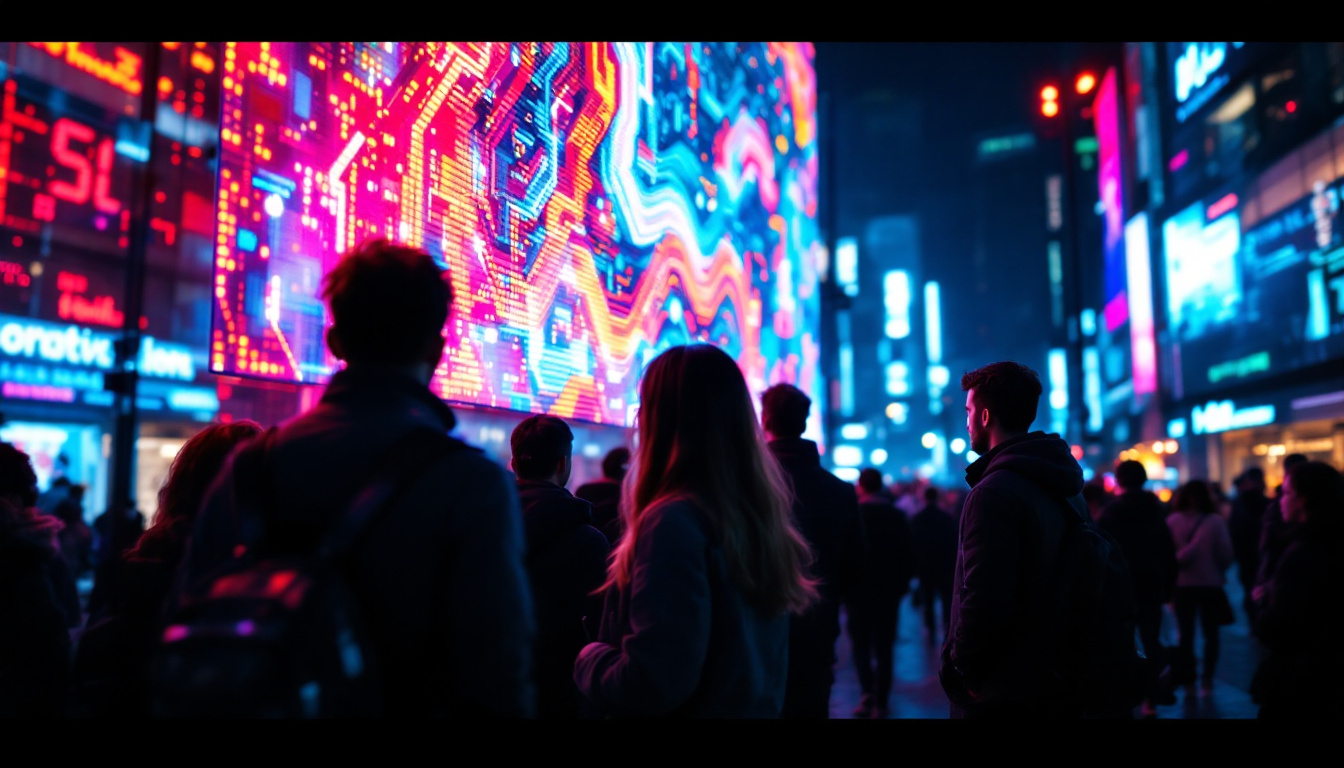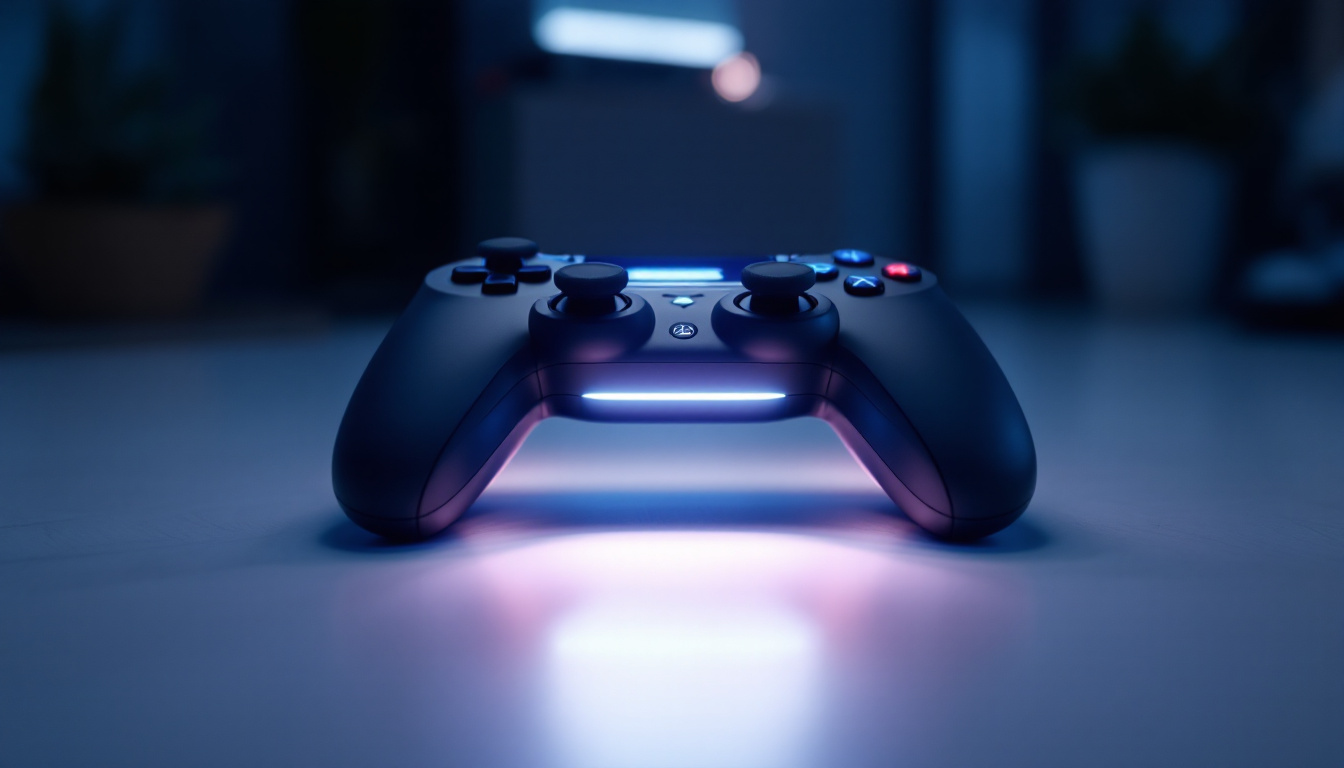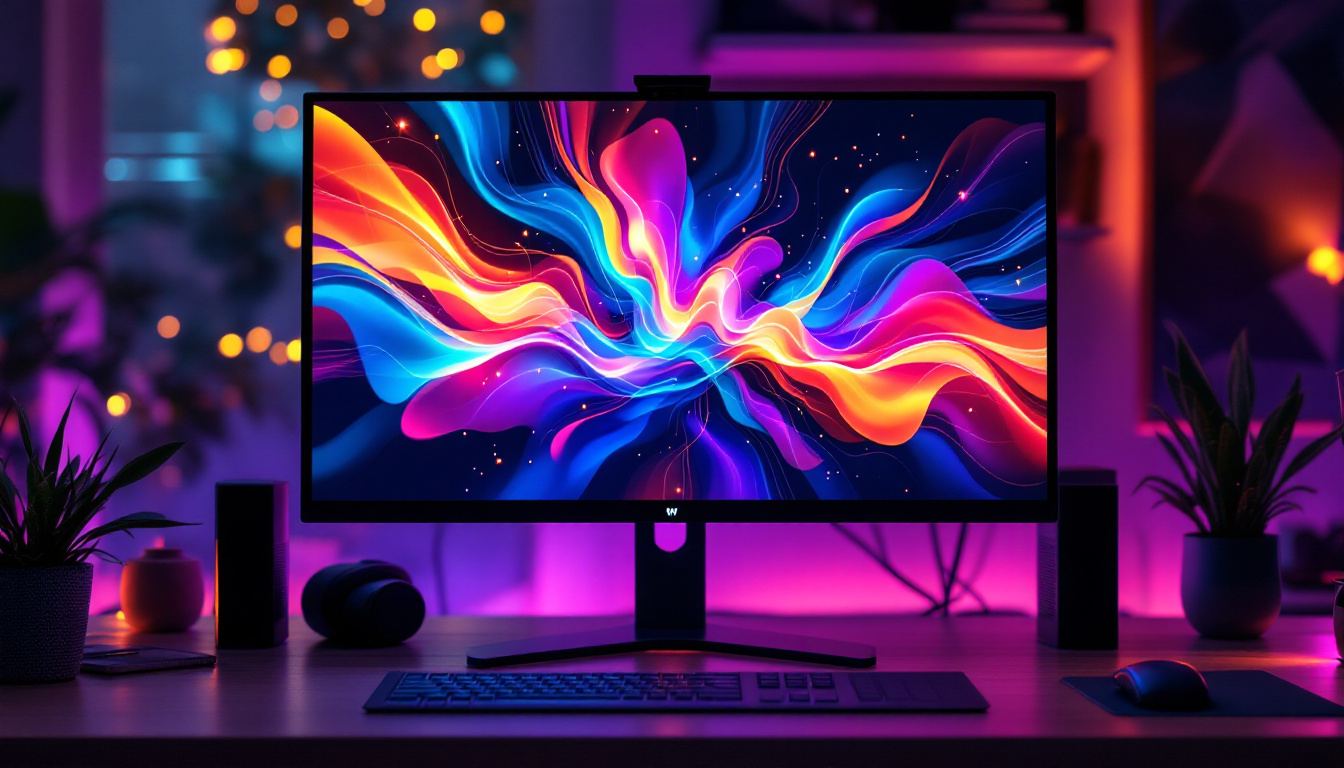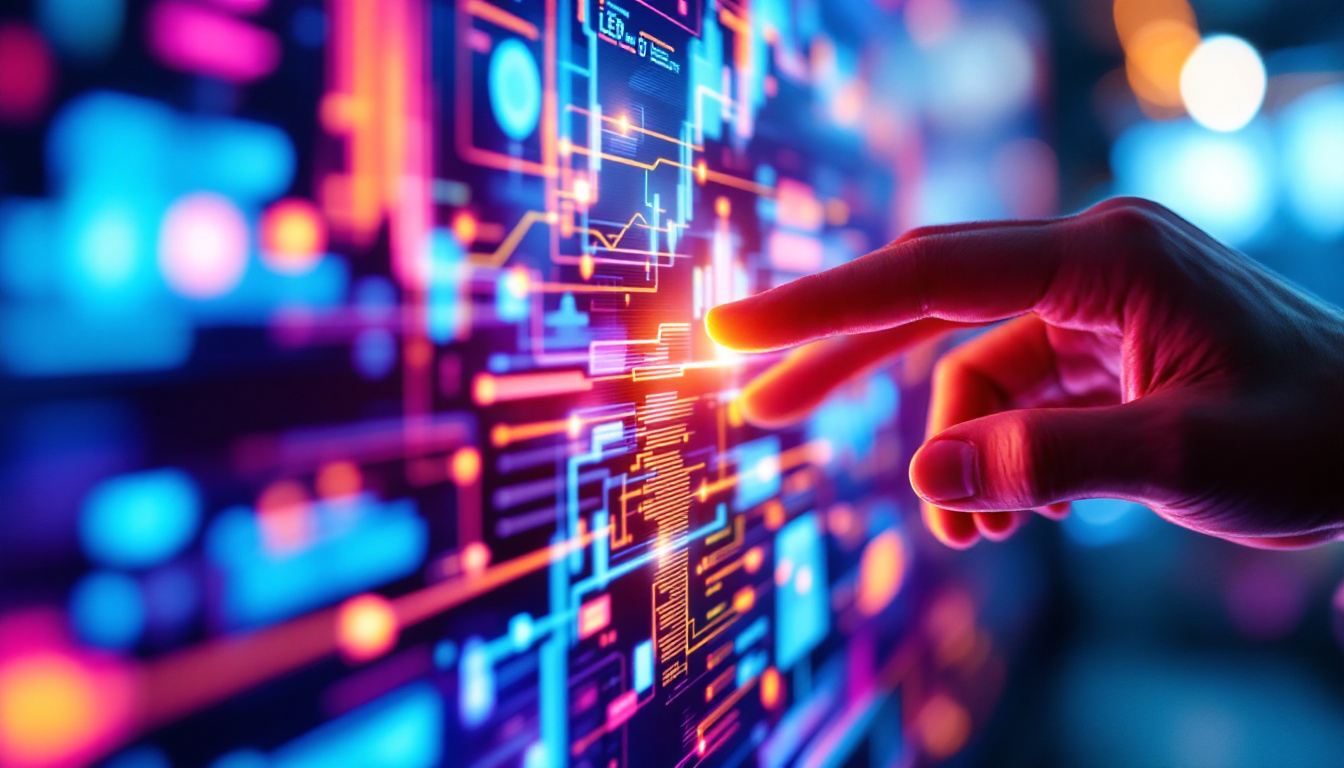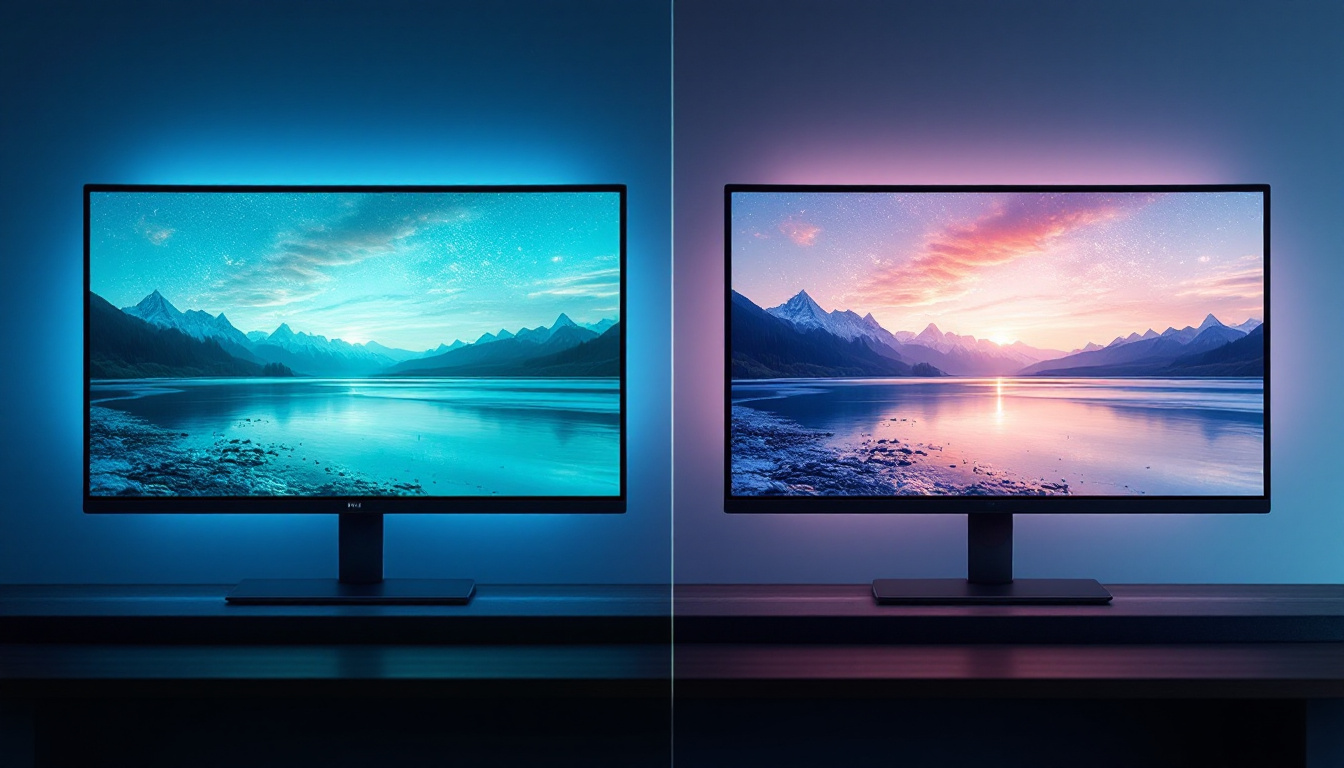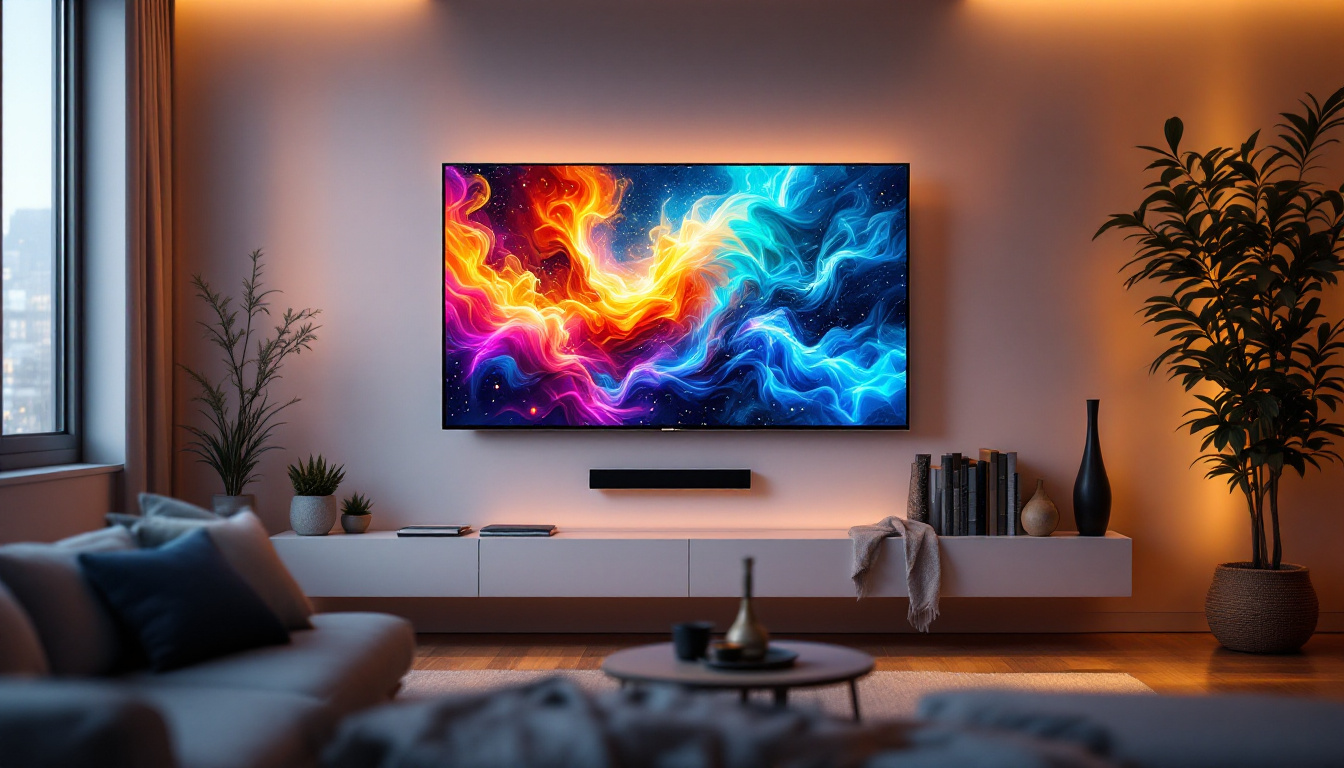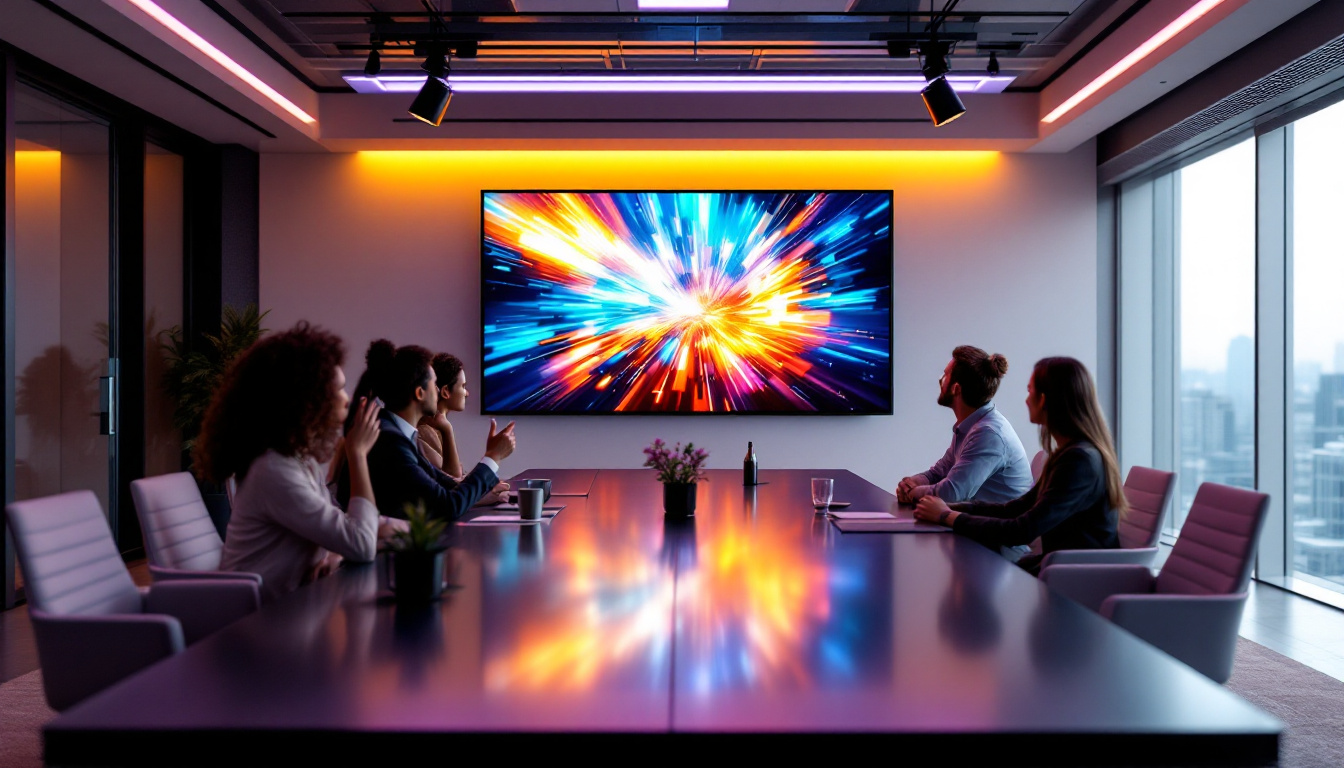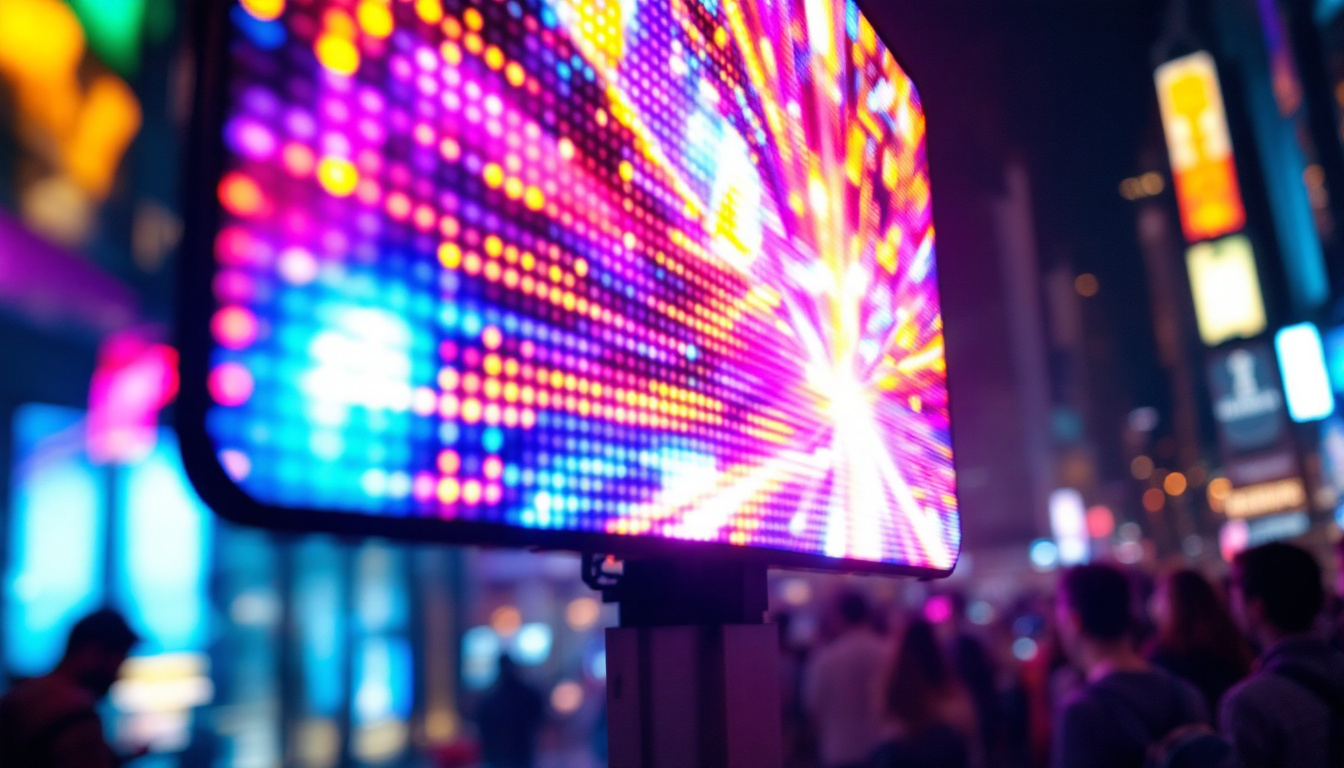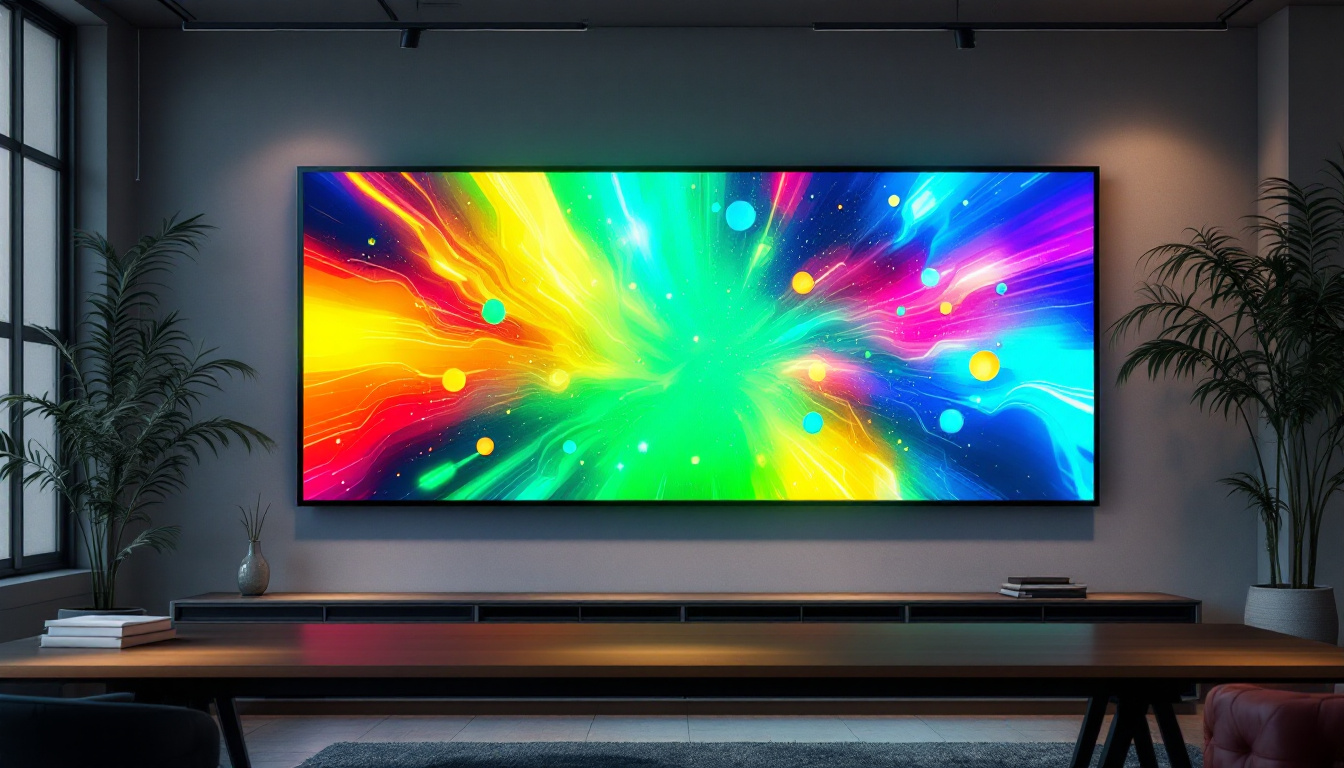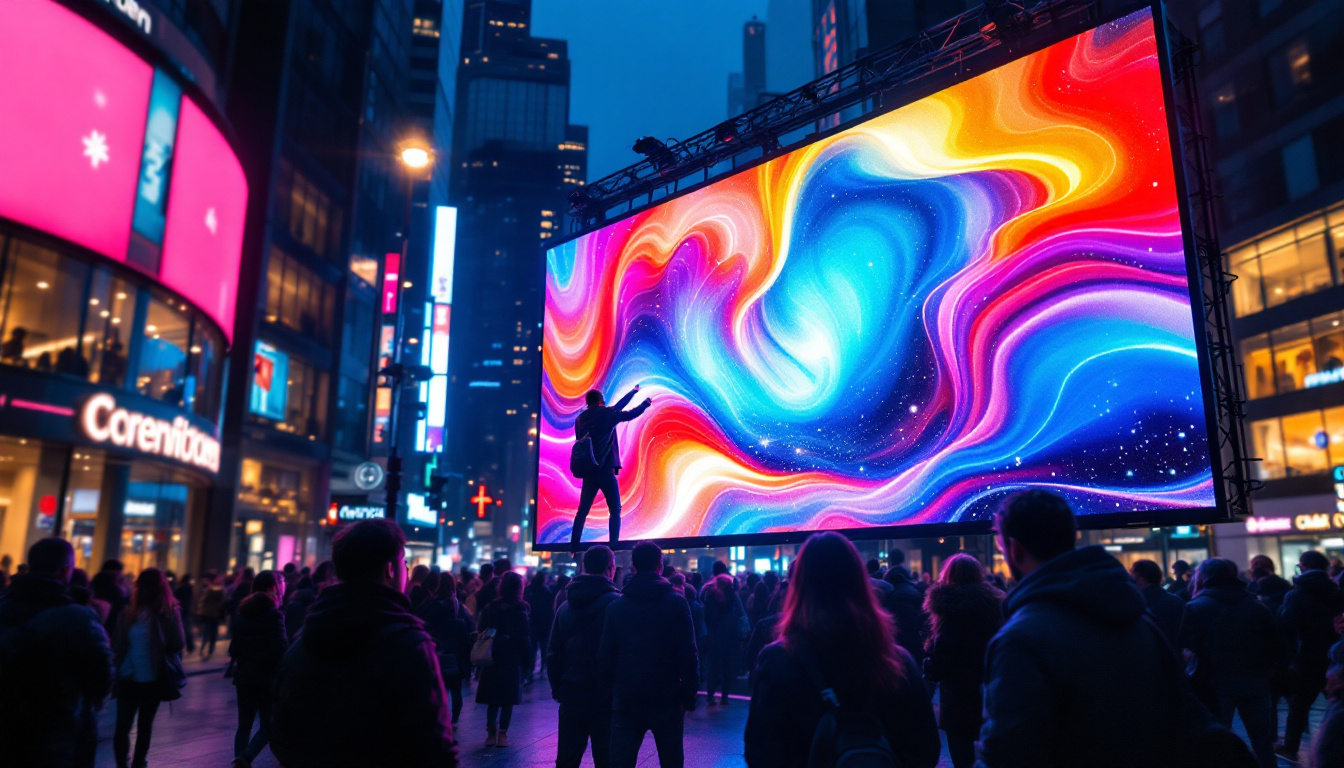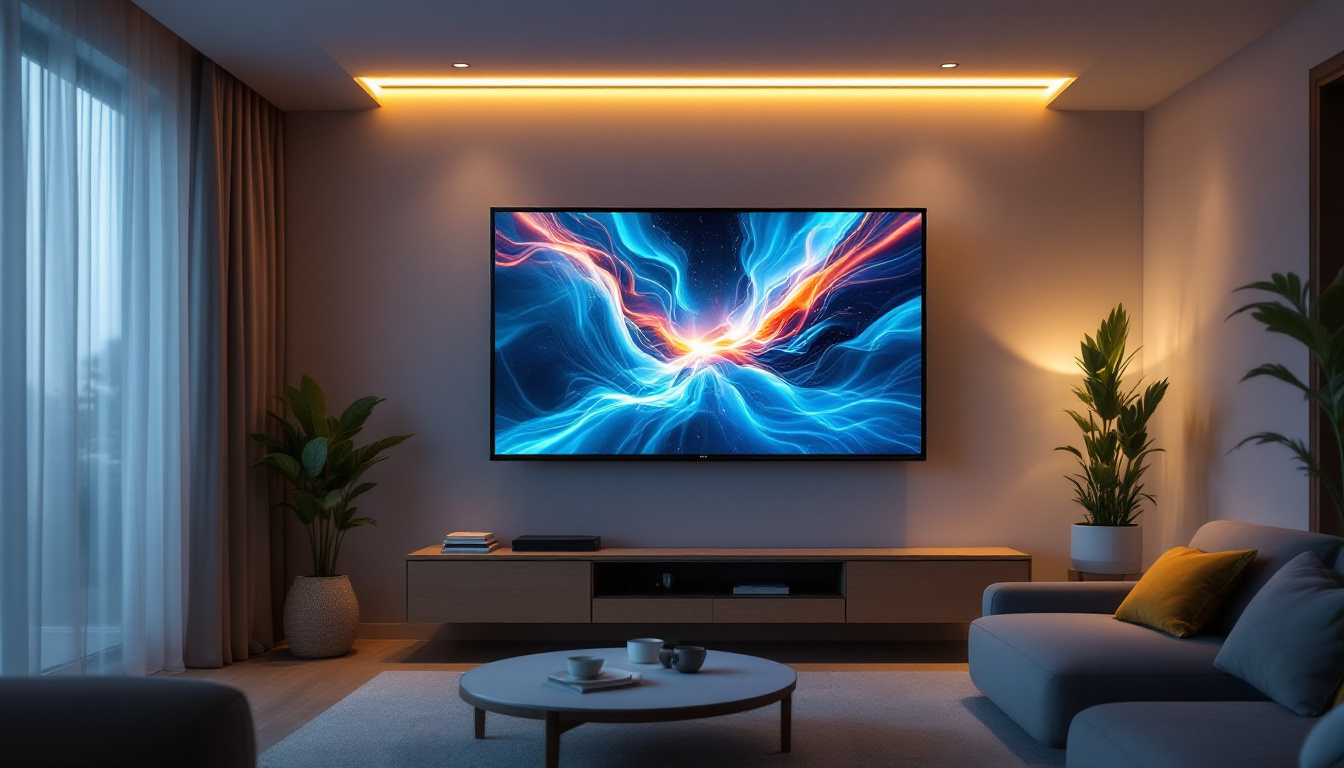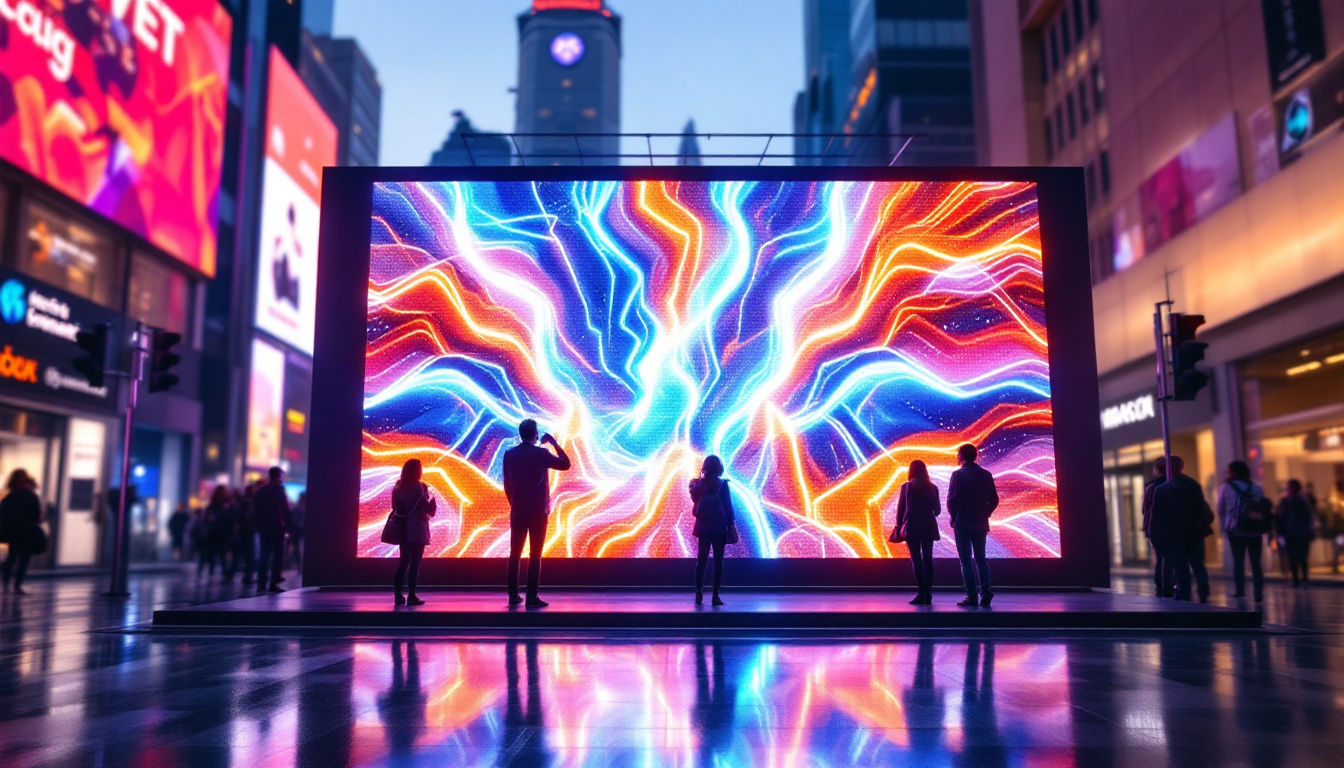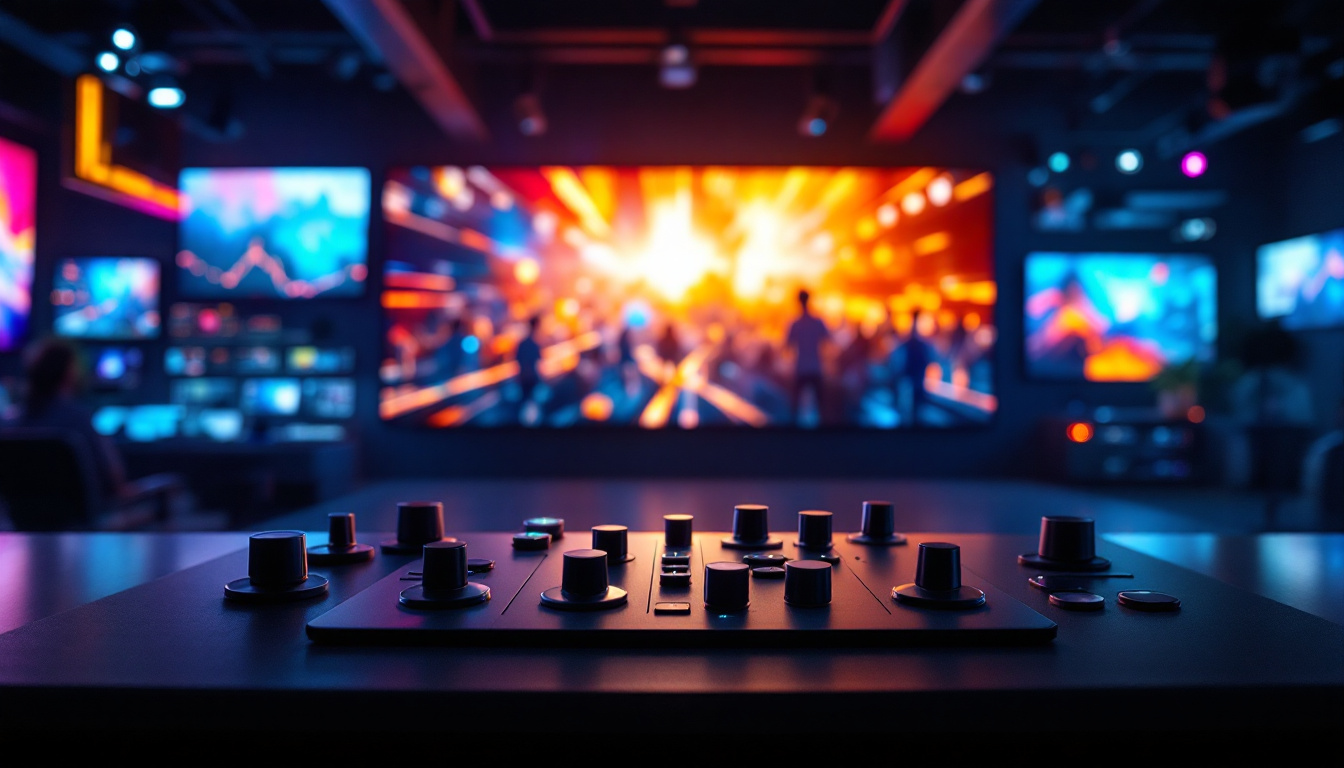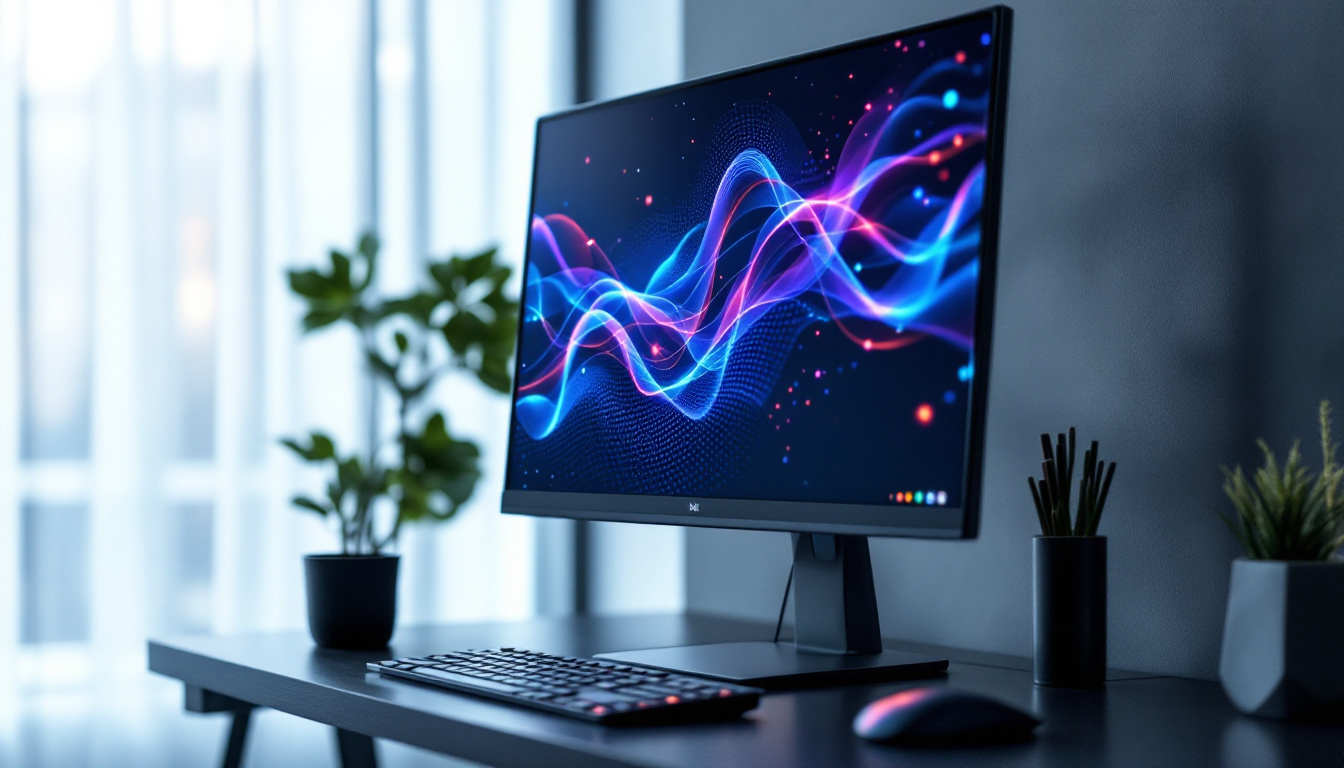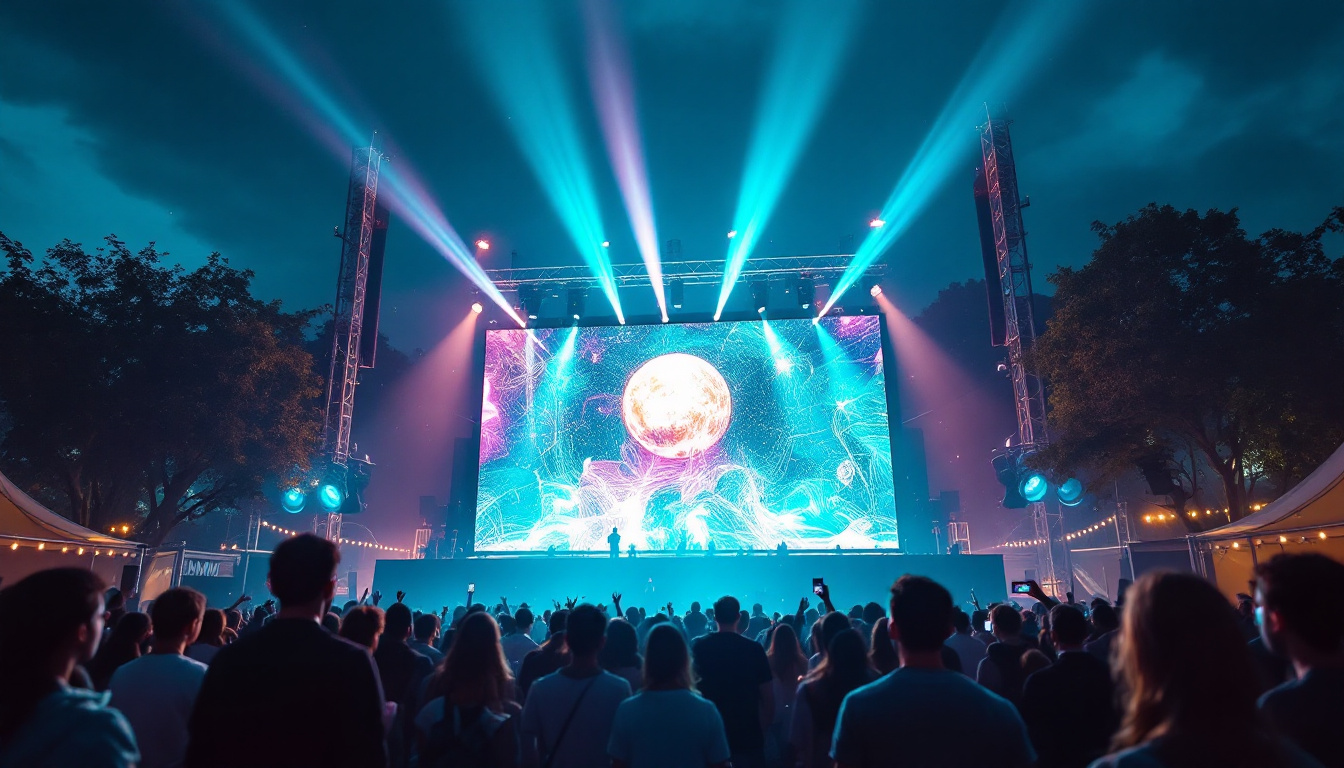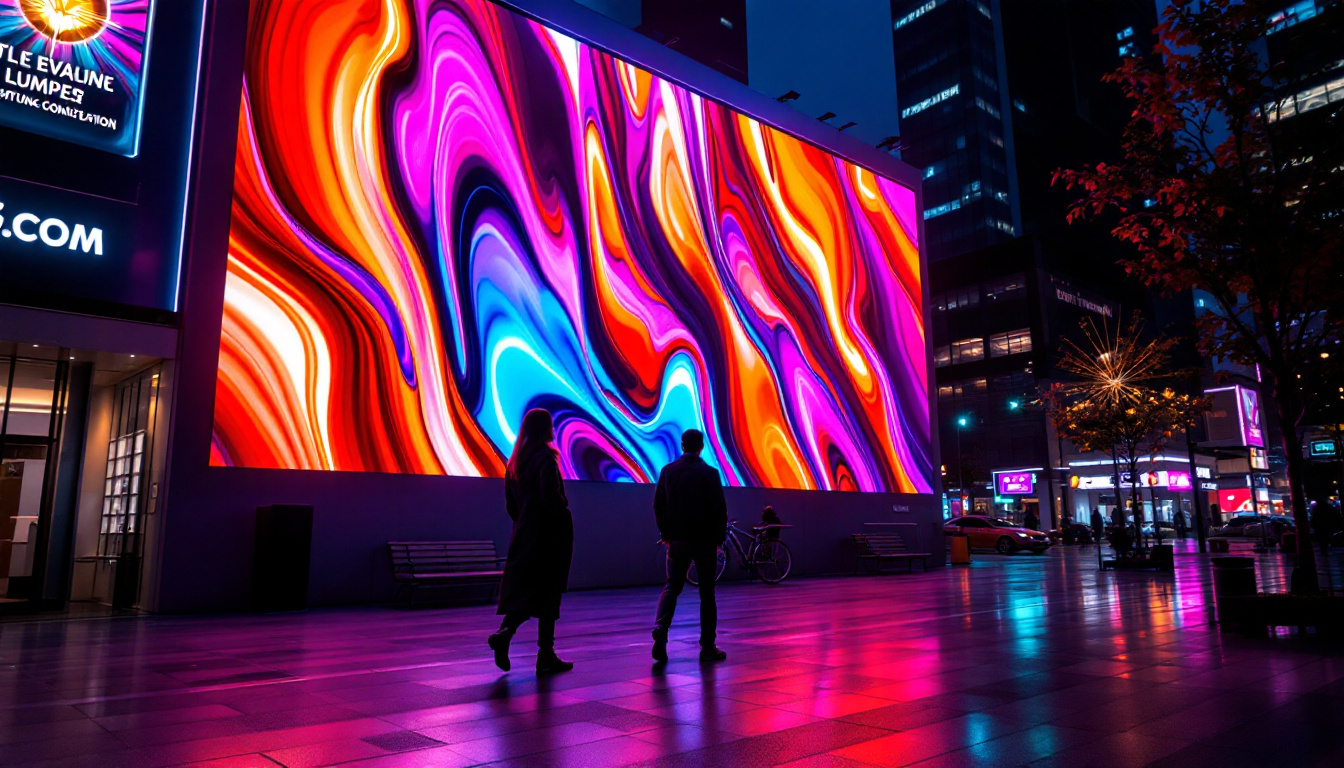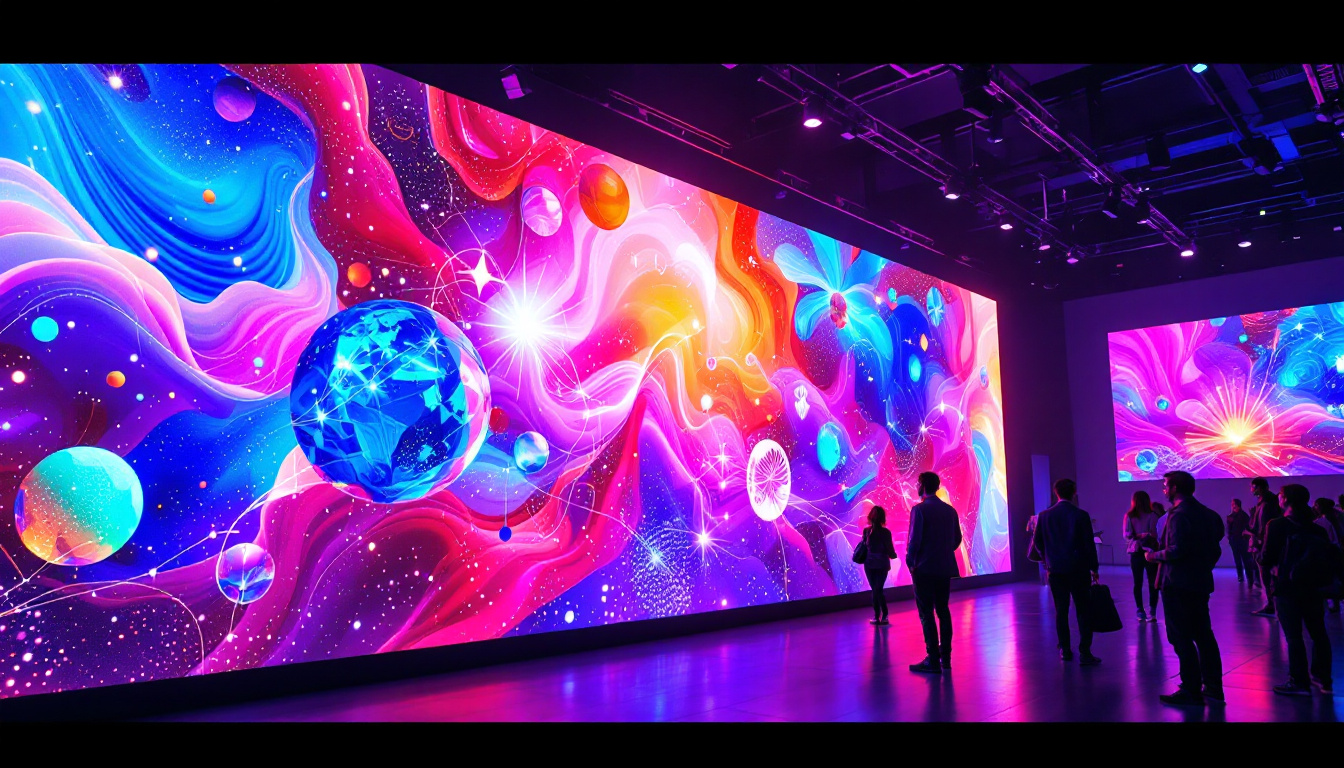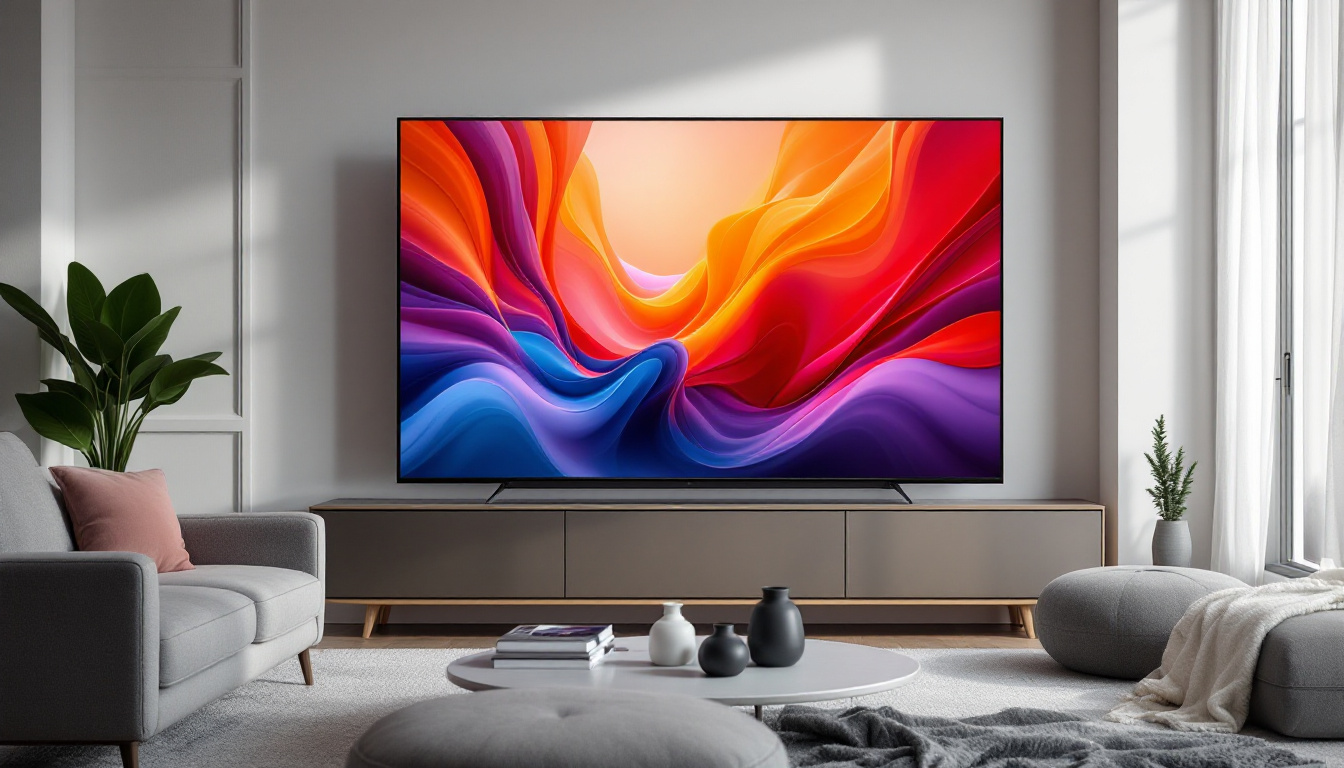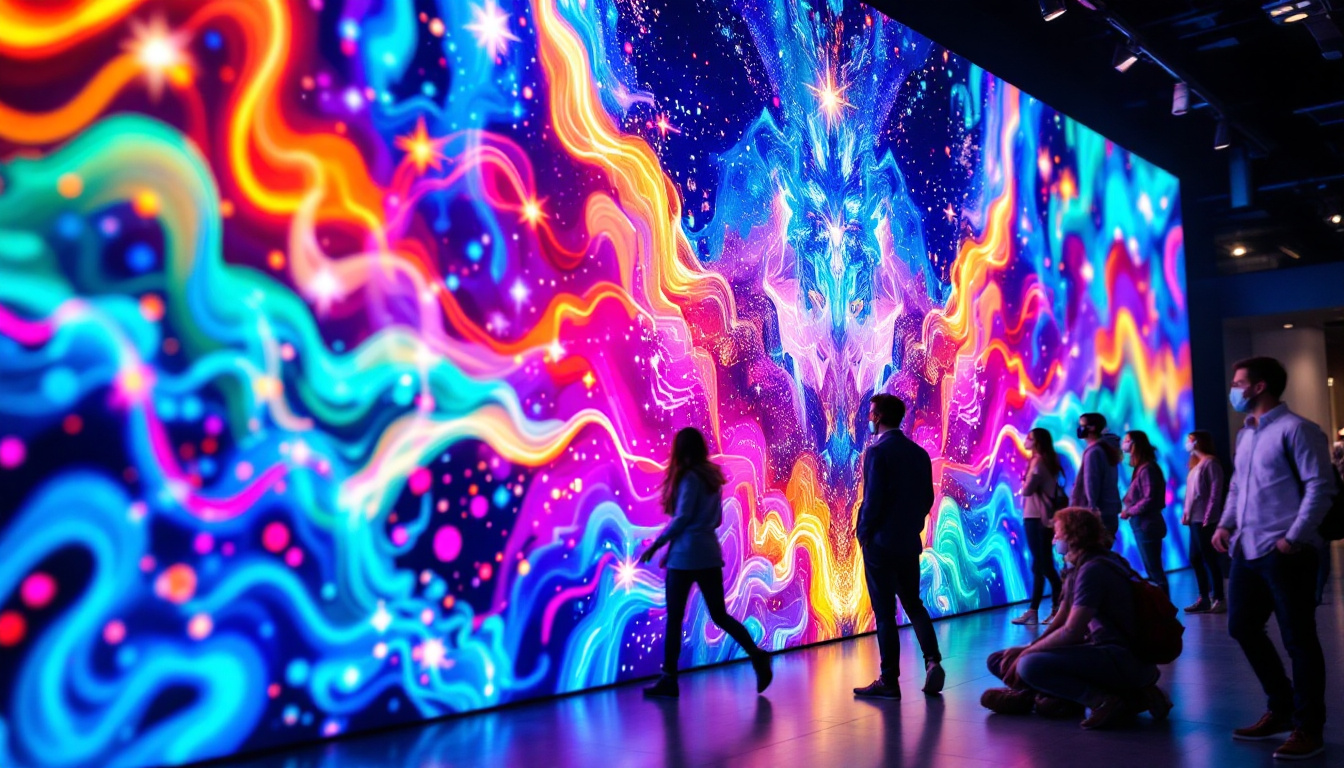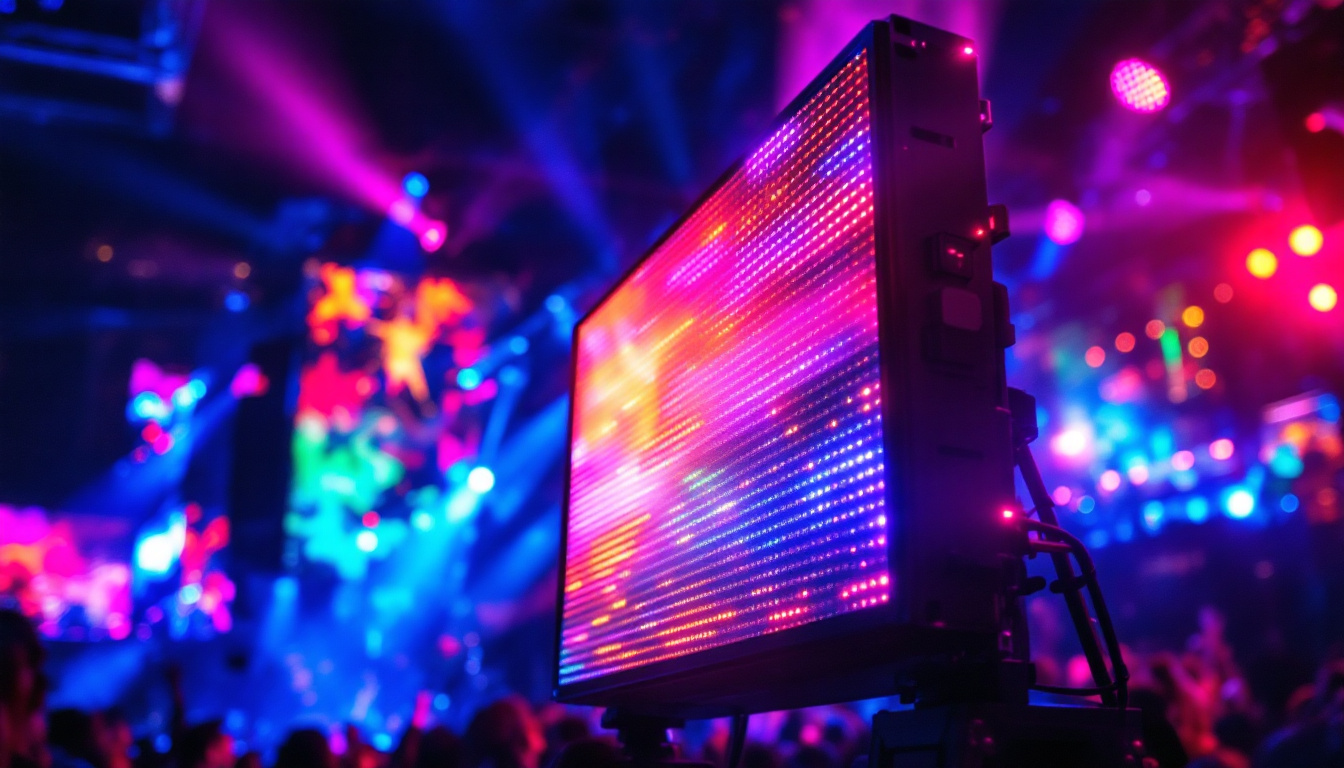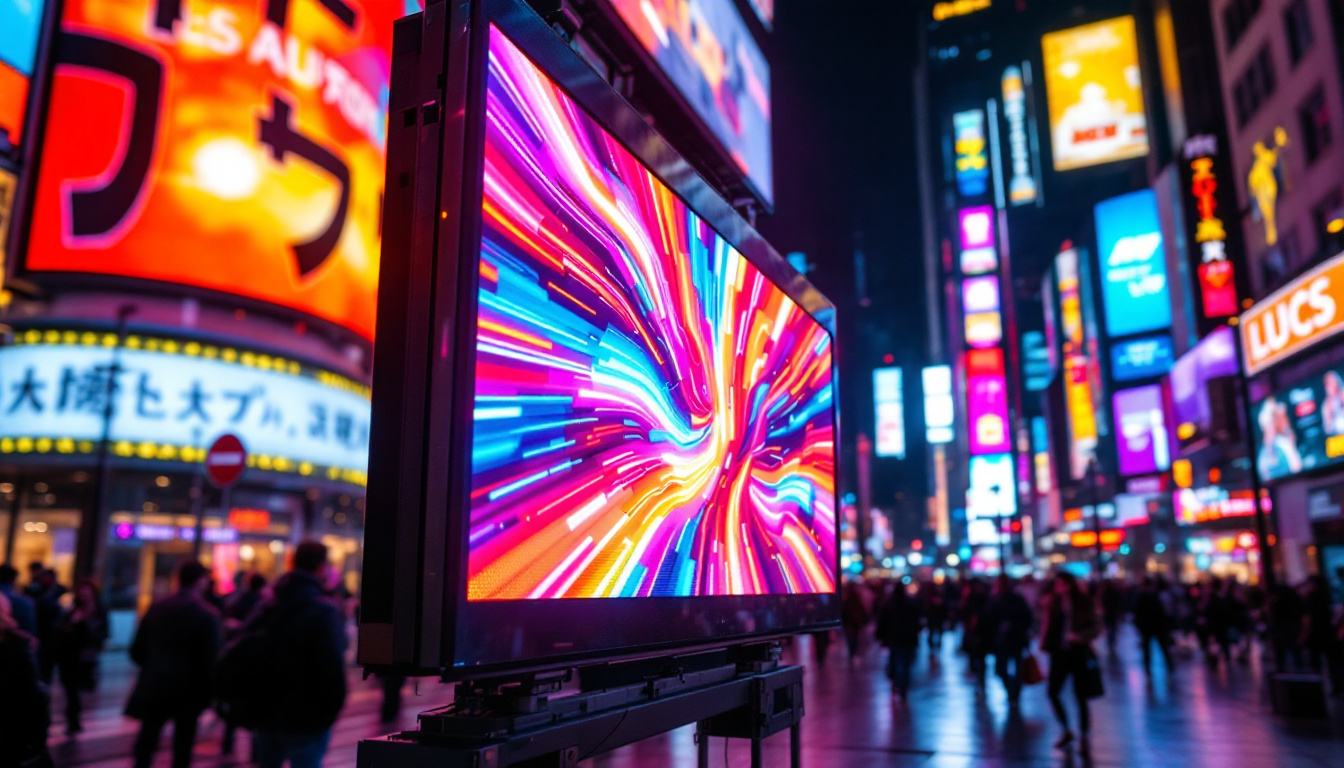How To Turn On LED Projector: LED Display Explained
In the modern age of technology, LED projectors have become an essential tool for presentations, home theaters, and entertainment. Their efficiency, brightness, and compact size make them a popular choice among users. However, many individuals may find themselves unsure about how to turn on their LED projectors. This guide will not only cover the steps to power on your LED projector but will also delve into the workings of LED displays, enhancing your understanding of this remarkable technology.
Understanding LED Projectors
What is an LED Projector?
An LED projector is a type of projector that uses light-emitting diodes (LEDs) as its light source. Unlike traditional projectors that utilize lamps, LED projectors offer several advantages, including longer lifespan, lower power consumption, and improved color accuracy. The compact design of LED projectors also allows for portability, making them ideal for both personal and professional use.
LED projectors typically employ a combination of red, green, and blue LEDs to create a full spectrum of colors. This method of color generation not only enhances the visual experience but also contributes to the projector’s ability to produce vibrant images in various lighting conditions. Understanding these fundamentals is essential for anyone looking to utilize an LED projector effectively. Furthermore, many modern LED projectors incorporate advanced technologies such as digital light processing (DLP) or liquid crystal on silicon (LCoS), which further enhance image quality and clarity, making them suitable for high-definition content.
Benefits of Using LED Projectors
One of the most significant benefits of LED projectors is their energy efficiency. They consume less power compared to traditional projectors, which translates to lower electricity bills and a reduced environmental footprint. Additionally, LED projectors have a longer lifespan, often lasting up to 30,000 hours, which means less frequent replacements and maintenance.
Another advantage is the superior color performance. LED projectors can produce brighter and more vivid images, making them suitable for a wide range of applications, from business presentations to movie nights. The compact size of these projectors also makes them easy to transport, allowing users to set up a viewing experience virtually anywhere. Moreover, many LED projectors come equipped with built-in speakers and wireless connectivity options, enabling seamless streaming from devices such as smartphones, tablets, and laptops. This versatility not only enhances user convenience but also opens up new possibilities for interactive presentations and collaborative work environments, where sharing visual content has become increasingly important.
How to Turn On Your LED Projector
Step-by-Step Instructions
Turning on an LED projector is a straightforward process, but it can vary slightly depending on the model. Here are general steps to follow:
- Connect the Power Source: Ensure that the projector is plugged into a power outlet. Check that the power cable is securely connected to both the projector and the wall socket.
- Power On the Projector: Locate the power button on the projector. This is usually found on the top or side of the device. Press the button to turn on the projector. Some models may have a remote control that can also be used to power on the device.
- Wait for the Startup Process: After pressing the power button, allow a few moments for the projector to warm up. You may see a startup screen or hear a fan noise as the projector prepares for use.
- Select the Input Source: Once the projector is on, you will need to select the appropriate input source. This can usually be done using the remote control or the buttons on the projector itself. Choose the source that corresponds to your connected device, such as a laptop or streaming device.
Troubleshooting Common Issues
Even with straightforward instructions, users may encounter issues when attempting to turn on their LED projectors. Here are some common problems and their solutions:
- No Power: If the projector does not turn on, check the power cable and ensure it is firmly connected. Additionally, verify that the power outlet is functioning by testing it with another device.
- Image Not Displaying: If the projector powers on but does not display an image, ensure that the correct input source is selected. Also, check the connections between the projector and the source device.
- Overheating: If the projector shuts down unexpectedly, it may be overheating. Ensure that the vents are not blocked and that the projector is in a well-ventilated area.
In addition to these common issues, it’s also worth noting that the quality of the image projected can be affected by the environment in which the projector is used. For optimal performance, consider the lighting conditions of the room. Projectors generally perform best in dark environments where ambient light is minimized. If you find that the image appears washed out or lacks contrast, closing curtains or blinds can significantly enhance the viewing experience.
Furthermore, maintaining the projector is essential for longevity and performance. Regularly check and clean the lens to prevent dust buildup, which can lead to a blurry image. Some projectors also have filters that may need cleaning or replacement periodically. Refer to your user manual for specific maintenance guidelines to ensure your LED projector continues to deliver high-quality presentations and entertainment for years to come.
Exploring LED Display Technology
How LED Displays Work
LED displays function by using a matrix of tiny light-emitting diodes to create images. Each diode emits light in a specific color, and when combined, they form a full-color image. The process begins with the input of an image signal, which is then processed and translated into a series of commands that control the color and intensity of each LED.
The arrangement of LEDs can vary, with some displays using RGB (red, green, blue) configurations to create a wide range of colors. The brightness and clarity of the image are influenced by the quality of the LEDs and the technology used in the display. This is why high-quality LED projectors are often more expensive, as they provide superior image quality and performance. Additionally, LED displays are known for their energy efficiency, consuming significantly less power than traditional display technologies. This not only reduces operational costs but also contributes to a lower carbon footprint, making LED technology a more sustainable choice in the long run.
Furthermore, LED displays can be designed for various applications, from large outdoor billboards to small handheld devices. Their versatility is one of their most appealing features. For instance, in the realm of advertising, dynamic LED displays can be programmed to change content in real-time, allowing businesses to engage customers with timely promotions and information. This adaptability is further enhanced by advancements in smart technology, enabling remote management and updates through cloud-based systems.
Comparing LED to Other Display Technologies
When considering display technologies, it’s essential to compare LED with other common options, such as LCD and DLP. While LCD projectors use liquid crystals to create images, DLP projectors utilize a digital micromirror device (DMD) to reflect light. Each technology has its strengths and weaknesses.
LED projectors typically offer better color accuracy and longer lifespans compared to traditional LCD projectors. DLP projectors, on the other hand, are known for their sharpness and contrast ratios. However, LED projectors are increasingly closing the gap in these areas, making them a competitive choice for users seeking quality and longevity. In addition, LED technology is less prone to issues like color degradation over time, which can affect LCD displays. This longevity is particularly valuable in settings where displays are used continuously, such as in corporate environments or educational institutions.
Moreover, the rapid evolution of LED technology has led to innovations such as microLED and miniLED displays, which promise even greater performance and flexibility. MicroLED technology, for instance, allows for the creation of ultra-thin displays with incredible brightness and contrast, making it ideal for high-end consumer electronics. As these technologies continue to develop, they are likely to redefine the standards for visual display quality across various industries, from entertainment to professional broadcasting.
Maintaining Your LED Projector
Regular Maintenance Tips
To ensure optimal performance and longevity of your LED projector, regular maintenance is key. Here are some maintenance tips to keep in mind:
- Clean the Lens: Dust and dirt can accumulate on the projector lens, affecting image quality. Use a microfiber cloth to gently clean the lens regularly.
- Check Filters: Some LED projectors come with filters that need to be cleaned or replaced periodically. Refer to the user manual for specific instructions on how to maintain the filters.
- Store Properly: When not in use, store the projector in a cool, dry place. Avoid exposing it to extreme temperatures or humidity, which can damage the internal components.
When to Seek Professional Help
While many maintenance tasks can be performed by the user, there are times when professional assistance is necessary. If the projector exhibits persistent issues, such as unusual noises, flickering images, or failure to power on, it may require expert evaluation.
Additionally, if the projector is still under warranty, it is advisable to contact the manufacturer for support. Attempting to fix complex issues without proper knowledge can lead to further damage, so seeking professional help is often the best course of action.
Conclusion
Understanding how to turn on an LED projector and the technology behind LED displays can significantly enhance the user experience. With their energy efficiency, vibrant colors, and compact design, LED projectors are a valuable asset for both personal and professional use. By following the steps outlined in this guide and maintaining your projector properly, you can ensure that it serves you well for years to come.
As technology continues to evolve, LED projectors will likely become even more advanced, offering improved features and capabilities. Staying informed about these developments will help users make the most of their projector experience. Whether for business presentations, educational purposes, or entertainment, mastering the use of an LED projector is a skill worth acquiring.
Discover LumenMatrix LED Display Solutions
Ready to elevate your visual experience with the latest in LED technology? Look no further than LumenMatrix, a pioneer in crafting immersive LED display modules that bring your content to life. From vibrant Indoor and Outdoor LED Wall Displays to innovative solutions like Vehicle LED Displays and LED Sports Displays, LumenMatrix offers a wide array of products designed to make your message shine. Embrace the future of visual communication with our Custom, All-in-One, and Transparent LED Displays, and see how our commitment to excellence can transform your space. Check out LumenMatrix LED Display Solutions today and step into a world of brilliant colors and dynamic engagement.

